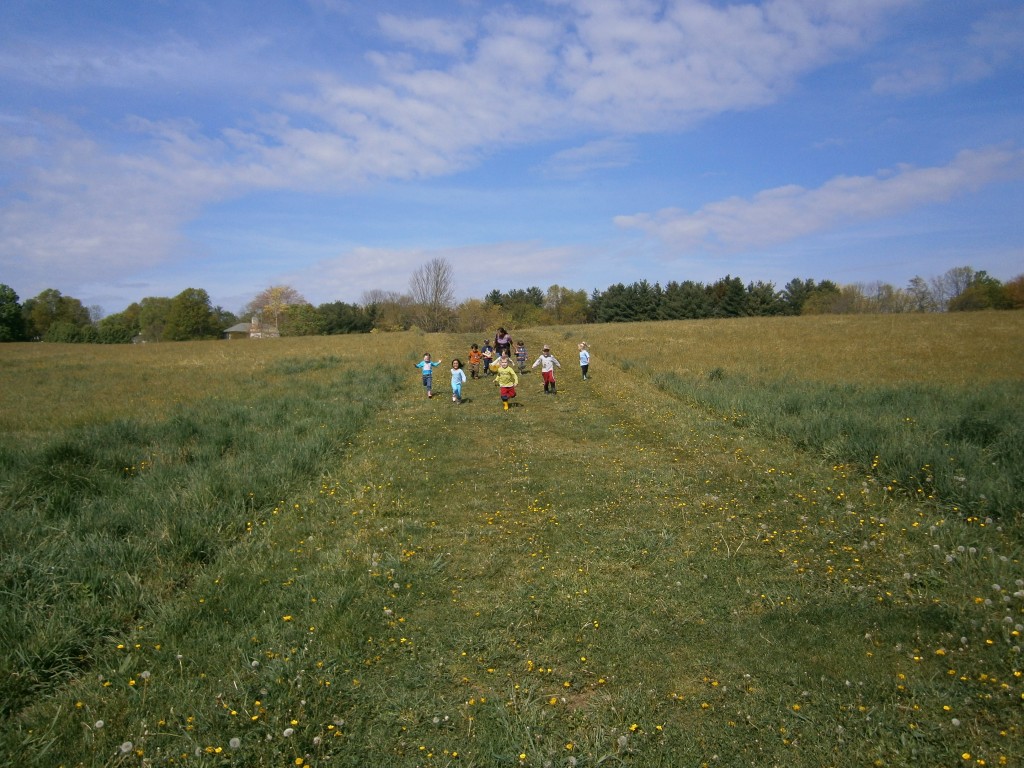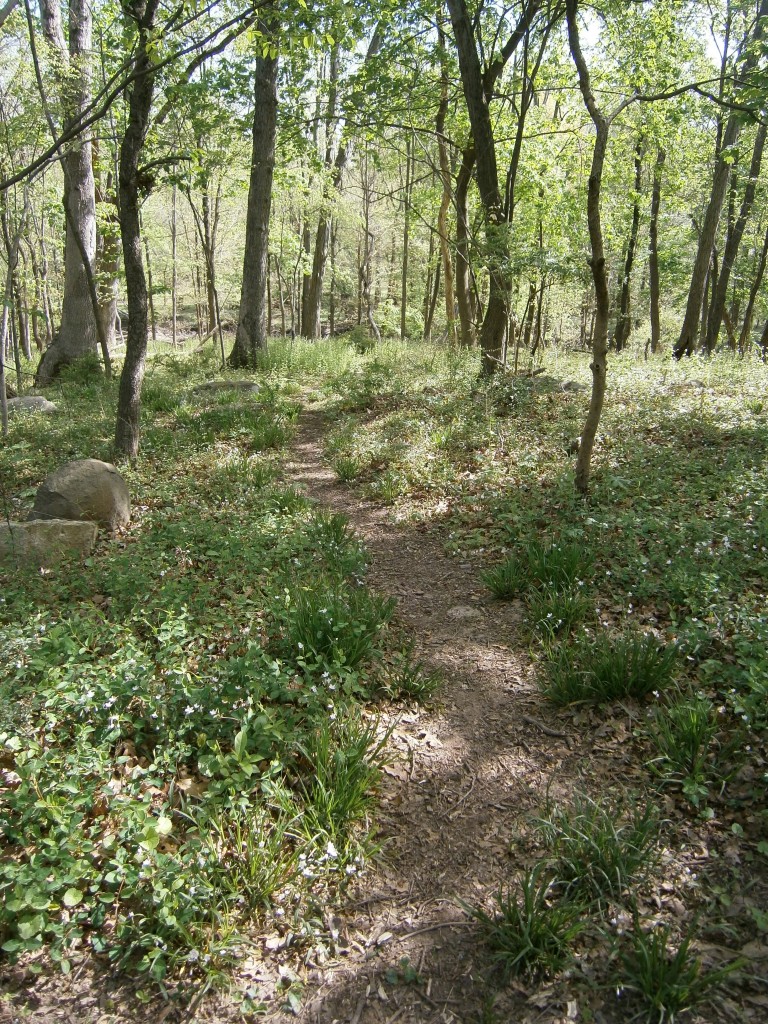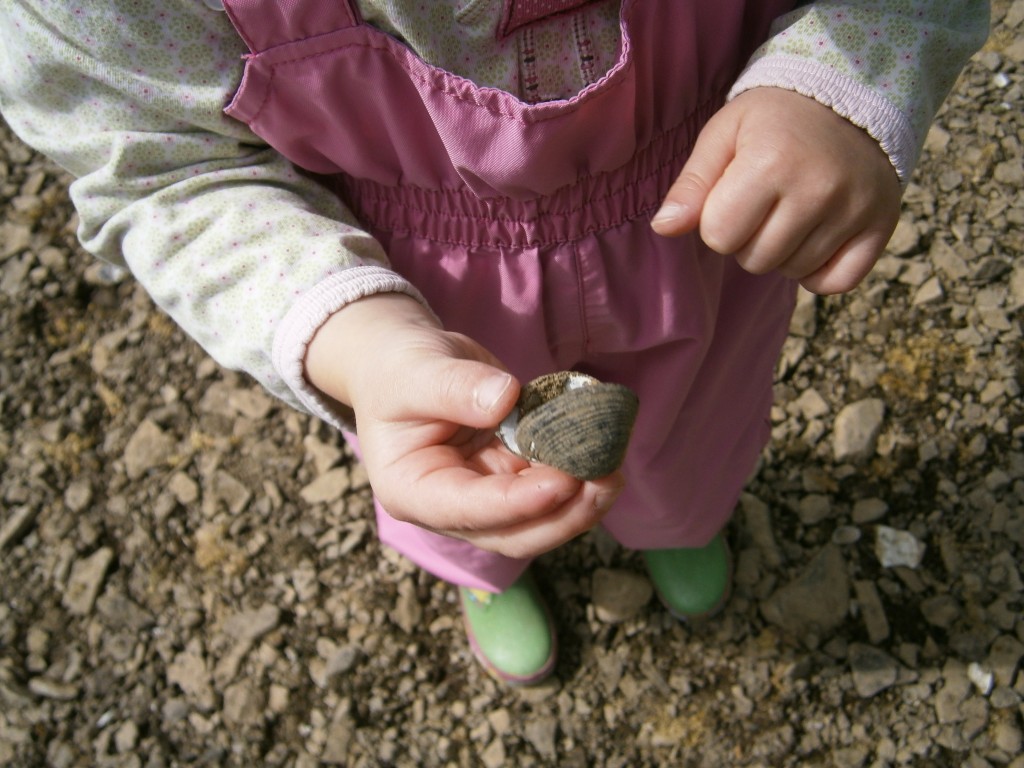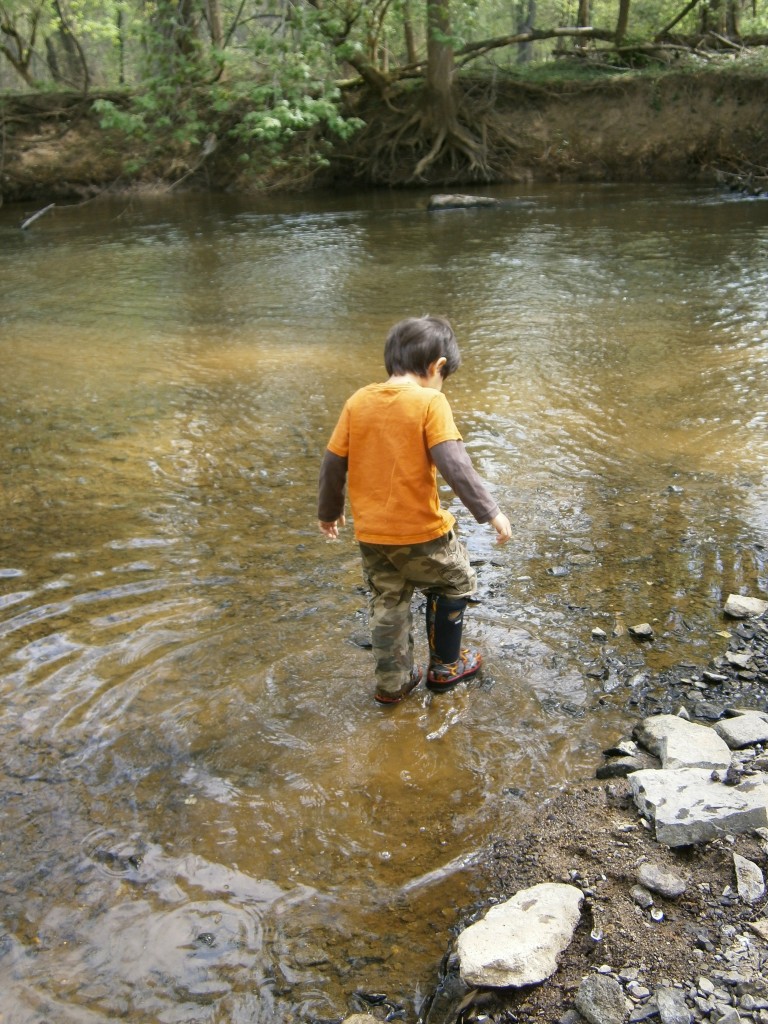What can you Learn from a Nature Hike?
There’s not much that angers me. I’m pretty much a go with the flow person. (Ok, there is one.. leave cleaning products out where the children can reach. THAT will anger me!) But I can see the positives and negatives in most situations.
Recently, however, I had a conversation in which I learned how academic Kindergarten has become in a particular district. I was angry…and sad. I’m sorry, but you CAN teach in a fun, developmentally appropriate manner! Coming from a special education background, our focus was on learning objectives. Not only did I have objectives for the lesson, but the objectives on the child’s IEP had to be noted. It didn’t mean I had to “drill and kill” (I think the “kill” is for their spirit!)
So… what can a child learn on a hike?
Visual Discrimination: What are the differences between a path made by a mower, a walking path, and a deer path? How are they the same? (Comparing and contrasting) Think about it: When children learn to write letters, they often trace the lines. Before that, they do “path-tracing.” What better way to learn to TRACE a path than to be able to WALK a path first??!?!?!
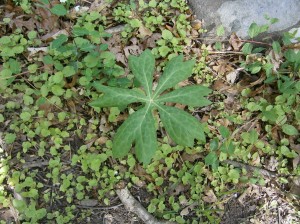
Math/Science: “Leaves of Three, Leave them Be” Could this be poison ivy? How many leaves are there? Count them.
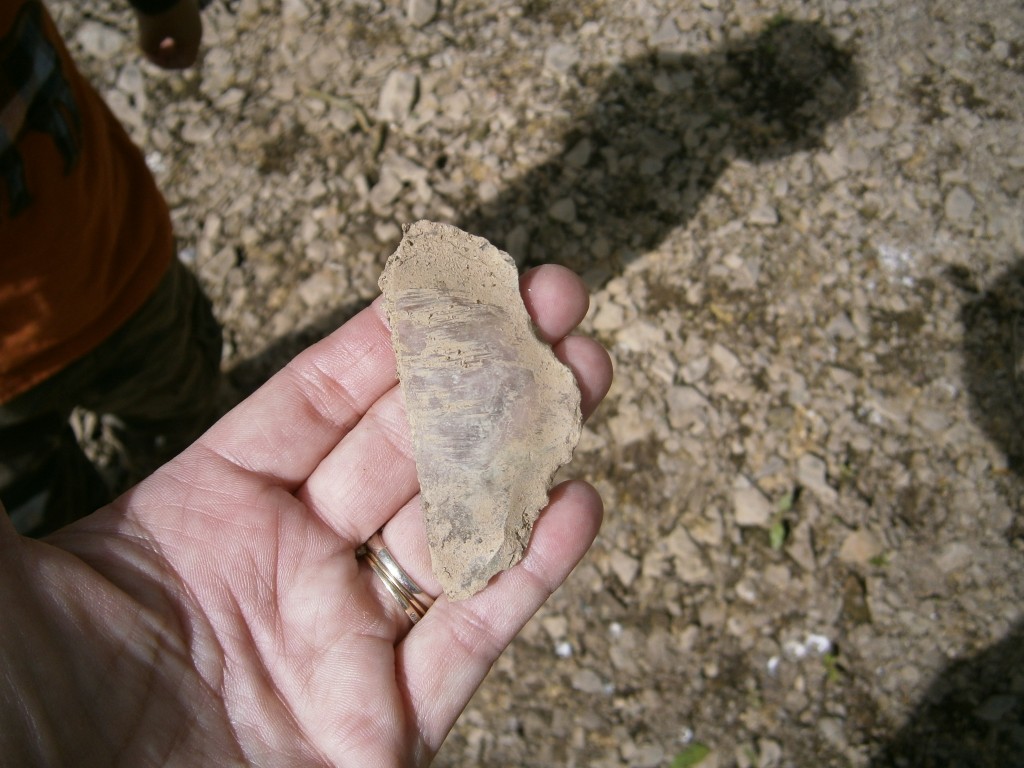
Visual Discrimination: Size/shape comparison. Decision making. Should this go in your nature bag? Creative thinking.
I was absolutely shocked to find clam shells in the fresh water creek! An email to Jeff Hoagland at the Stony Brook Millstone Watershed Association, and I learned that these are Asiatic Clams, an invasive species brought to NJ in 1938. Yes, we’ll be looking at the map to see where in the world they came from!
Science/Geography/Math (symmetry) Reasoning skills: I wonder where the clam went..
Some children fearlessly jumped in the water. Others took their time to observe, think, and make their own decisions. “Look! I can see the stones! It gets cloudy when I step!”
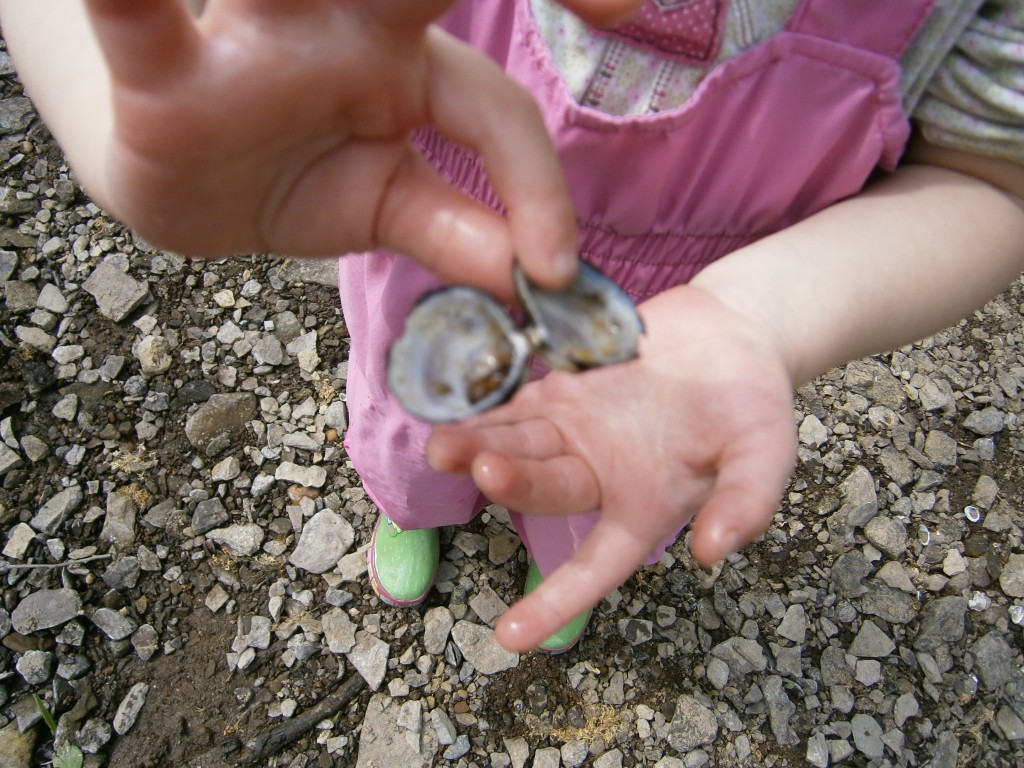
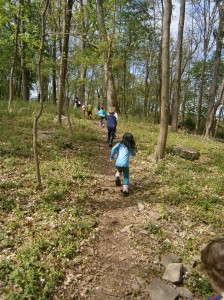
I was amazed at how many skills they were developing playing on the dirt hill. Having volunteered in a gross motor program, I know that moving different parts of the body stimulates different parts of the brain. The children were engaged in motor planning, balance and “cross-integration of the upper and lower extremities.” 😉 Yes, that’s education-ese for using arms and legs in a crawling/climbing motion, which stimulates the brain! I also saw examples of kinesthesia and vestibular stimulation. (More fancy words for play that helps the body AND brain develop!)
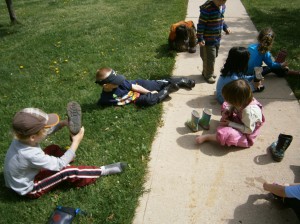
Self-help skills/developing independence. Take your boots off and squeeze out your socks!
Did I mention that we had FUN?!?!?!?
